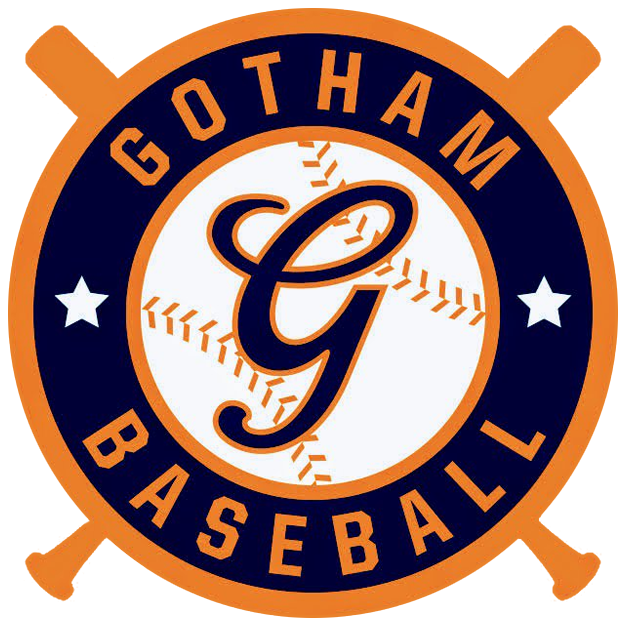 Marty Appel‘s acclaimed biography of “The Ole’ Perfessor,” Casey Stengel: Baseball’s Greatest Character, hit bookstores virtual and otherwise this week, and Gotham Baseball was fortunate enough to score an advance copy. There are great reviews here and here and here (and elsewhere), and Appel took out a few minutes in between radio and TV spots to talk to us about Stengel and some of the background on the excellent work.
Marty Appel‘s acclaimed biography of “The Ole’ Perfessor,” Casey Stengel: Baseball’s Greatest Character, hit bookstores virtual and otherwise this week, and Gotham Baseball was fortunate enough to score an advance copy. There are great reviews here and here and here (and elsewhere), and Appel took out a few minutes in between radio and TV spots to talk to us about Stengel and some of the background on the excellent work.
Gotham Baseball: Coming off writing your epic definitive history of the Yankees, what made Casey Stengel your next book topic?
Marty Appel: It was a suggestion from the publisher, and MLB Network named him Baseball’s Greatest Character … so I thought, yes, sounds like a project I’d enjoy.
GB: It’s been more than 30 years since Robert Creamer’s landmark biography of Stengel. What did you learn in your research that readers will find markedly different from what Creamer wrote?
MA: I always thought Bob Creamer’s book was a masterwork. I was fortunate enough to write mine in the Internet age, when I could visit the archives of small newspapers from minor league towns he played and managed in. A lot of material there was not available 30 years ago. And then the family gave me an unpublished memoir by Casey’s wife Edna, which was a wonderful find. It showed a side of Casey we never knew about.
GB: Do you think “turning 70” was the primary reason Stengel was let go after the 1960 season and, in hindsight, wasn’t keeping Ralph Houk the right move?
MA: The move was very much prompted by a fear of losing Houk to either Boston or Detroit (two teams he actually later managed!). They thought, “well, Casey’s 70, he’ll retire in a year or two, but if we let him go now, we keep Houk. I think that prompted it. We’ll never really know what would have happened had he won that seventh game in Pittsburgh.
GB: Would Casey Stengel have been completely forgotten today if he didn’t get the call to leave Oakland, or might he have gotten another MLB managing job and still ended up well-known?
MA: I think he might have disappeared from memory. We don’t really recall who won minor league championships, as he did with Oakland. And at 59, not sure there was another major league job coming his way. He’d be remembered like Charlie Grimm perhaps – only by serious fans.
GB: What do you think is the net effect of Stengel’s time with the Mets on his legacy?
MA: The fan base of today is largely built on what he did with the Mets in four seasons. The ‘Amazins’ is still used; he rallied the fans to chant “Let’s Go Mets” and he made it fun to root for that team. The Mets got a lot right when they started – the mascot, the logo, the song, the uniform, the fan involvement – but mostly, hiring Casey was genius.
GB: Will you ever reveal if that’s a Mets or Yankees hat on the cover of the book? Which would Casey have wanted?
MA: He was a Mets fan til the end, but he wore Yankee underwear. He probably would have wanted that cap with all the logos he wore at Old Timers Days. It’s a Mets cap – but it’s the face that won over the designers. It’s a great photo. We didn’t want anyone to think it was a “Mets book” or a “Yankees book.” It’s the story of a baseball lifer – 55 years – who was, as they said, the game’s greatest character.
GB: Any other book projects, Yankees or otherwise, upcoming that you can talk about?
MA: Waiting for the next big idea. Maybe Gary Sanchez!
